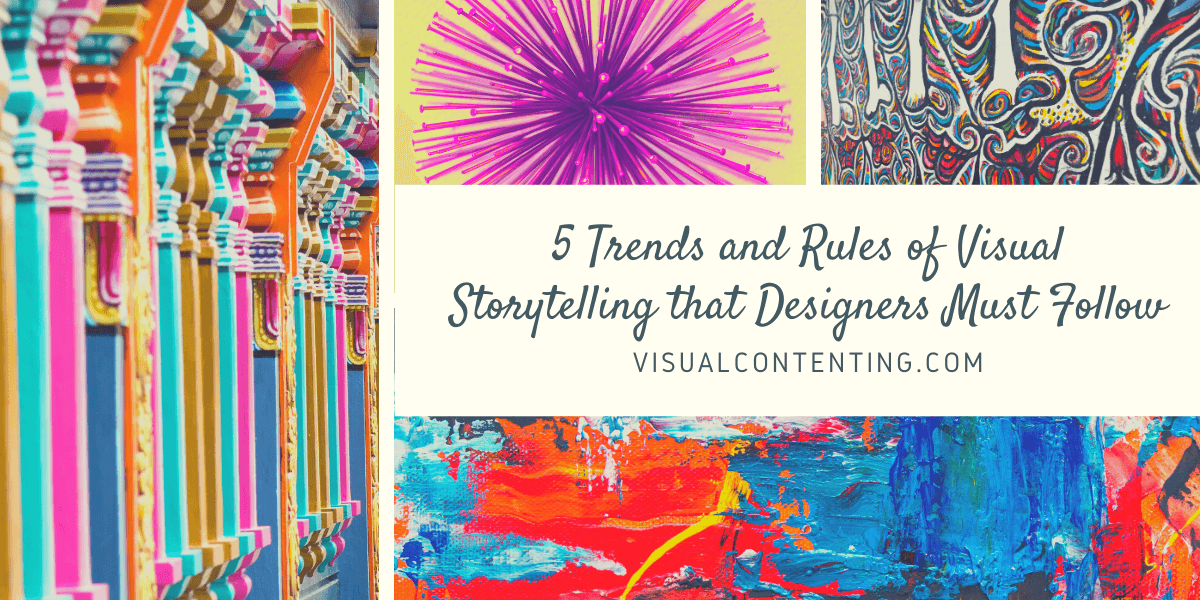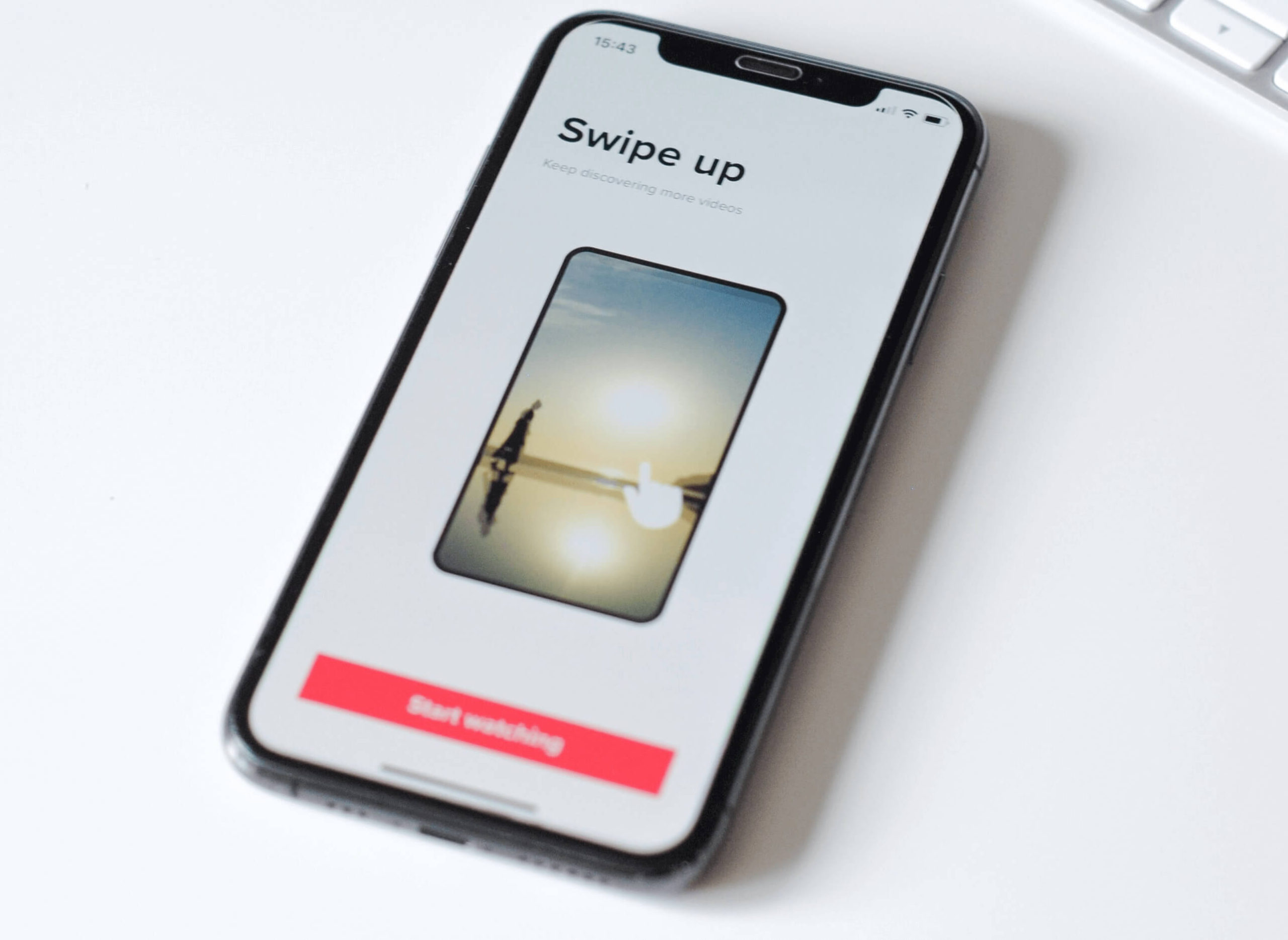Visual storytelling is a fundamental part of the web and graphic design, yet it seems that many designers – even experienced ones – often underappreciate the power of visual storytelling. Here are five trends and rules of visual storytelling that designers must follow.
#1 Show, Don’t Tell
This rule is actually applied in many industries including the sphere of design. But while it is an obvious rule for journalists and filmmakers, it might seem a bit illogical for designers. After all, these people are supposed to work only with visuals, so why would you even recommend showing instead of telling those who weren’t even going to say anything?
Well, it is more complicated than you think. The problem is that many designers tend to include tons of text into their work even though they are actually supposed to be primarily focusing on illustrations and images. That’s why it is so important to highlight this rule separately so that working specialists don’t forget about it.
Every time you sit down to create another piece of web or graphic design, keep in mind that you have to show rather than tell whatever you want to communicate to your readers. If there is a particular concept you want to convey, try to change it into something visual instead of simply writing it wherever you feel like.
You can also use metaphors to help you with this. For example, wordplay can be transferred to illustrations to create eye-catching imagery. If you get the chance to work with such sentences or phrases that use words in such an interesting way, you should definitely incorporate that aspect into your visual work.
#2 Add Some Animated Elements
An interesting trend nowadays is that ads, banners, and other web design elements are converted into something more interactive than they used to be. This is mostly done so that the audience becomes more engaged with such content and they turn from inactive to proactive customers.
Of course, animated features in visual content can come in all kinds of forms and sizes. These can simply be a few small elements that move to attract attention or you can turn the entire ad into something interactive (e.g. you have probably seen game ads that let you pass a level of the game before asking you to install it).
Think about what kind of animation you believe will be just enough for the design to work. If you use too much, it can be confusing for your audience both visually and logically. This is why it is crucial that you find the golden middle and don’t go overboard with your animation (though it will probably be okay if you don’t use any of it at all).
You can take some inspiration from other highly interactive content such as video games (especially the ones that let you choose your own story). Check out what your competitors are doing and analyze how you can use their methods in your own work while trying to improve these practices as much as you can.
#3 Don’t Forget Your Message
While writing professionally, many writers realize that they often tend to stray away from their main topic which results in diluted writing and a lot of so-called “water”. However, the problem is actually more widespread than it seems at first glance because designers suffer from this issue too. It’s very important that you don’t lose focus and remember what your message is. What are you trying to communicate to your readers? What should they take away from your piece of work? What kind of impression are you trying to make? What feelings should your audience have when viewing your design?
After you answer these questions, you will know how you should shape your piece so that it keeps close to the original idea and sticks to the original topic. You might also realize that there is some dissonance between the text you use in your design and the illustrations you create which can become a huge problem.
Always check that every element of your piece corresponds to each other and makes sense when they are put together. Just make sure that you don’t get yourself in an awkward situation when you have to explain the meaning of certain elements that seem to be at odds with everything else.
#4 Add Conflict
Most ads try to only send a positive message and focus solely on the “good vibes”. Of course, it is quite logical that companies want to be associated with something good but adding conflict can actually improve your pieces and show that you are not afraid to do something innovative with your designs.
Address the issues your customers have instead of trying to avoid them. Show that you are not afraid to face these problems and actively try to solve them. This will also help you to improve the levels of customer loyalty and the reputation of the brands you create your designs for.
But adding conflict is only half of the job. You should also be able to resolve this conflict logically and show a good way out of the situation. After all, you don’t want to come off as simply mean with your remarks. You must be the one to propose whatever there is that will show that you are not only considerate about customer problems but actively solving them.
A good idea would be to do some research and find out what your customers are mostly worried about or what kind of complaints they have concerning your startup. If you can find these pain points and determine how you will approach them, your potential customers will turn into clients.
#5 Include Human Elements
Last but not least, consider including some human elements in your work. These will positively influence the impression viewers get from seeing the design. You could even say it is somewhat similar to the aforementioned tip about animated elements because human elements can also improve your design to some extent.
Humans are social beings which means including human elements like faces, hands, and so on into your designs will unconsciously attract viewers to your design. Even though they might not realize it at once, they will actually be drawn towards such imagery.
If you don’t want to make the illustration too detailed, try to make it minimalist. For example, using geometric shapes and only creating silhouettes can also be quite useful for your piece of work. That being said, human faces are perhaps the most effective body part to show in ads according to numerous studies.
But no matter which human element you decide to show in your designs, make sure that it looks natural and logical wherever you place it. You wouldn’t want to confuse your customers (like the case with too much animation). Just make sure you think everything through and maybe even run some tests and get feedback on your work.
Final Thoughts
To sum up, trends and rules of visual storytelling should not be ignored if you want to become a more successful designer. Make sure to follow the tips in this article to improve your skills and perfect your craft.
Related Posts
Ana Mayer is a freelance writer who is a qualified specialist in the field of digital marketing. She writes for Online Writers Rating , different news portals and thematic blogs that helps her stay at the heart of the programming and technology news. Such work gives her the opportunity to write articles on the most relevant topics of today.








[…] Read more: https://visualcontenting.com/2020/03/10/5-trends-and-rules-of-visual-storytelling-that-designers-mus… […]